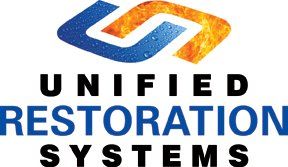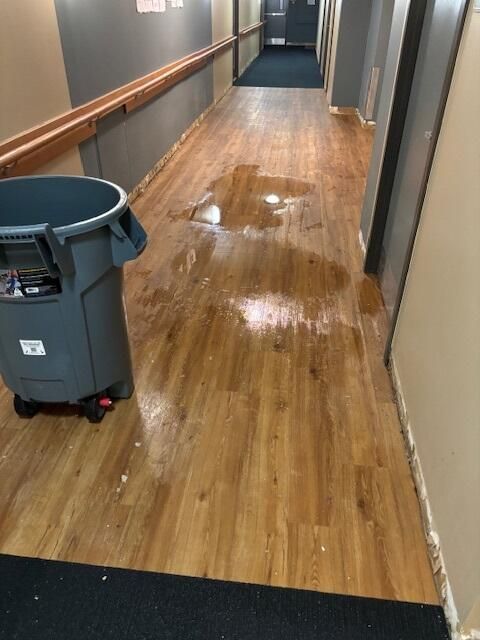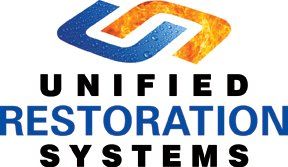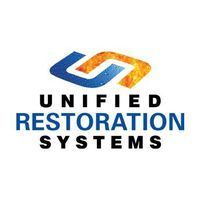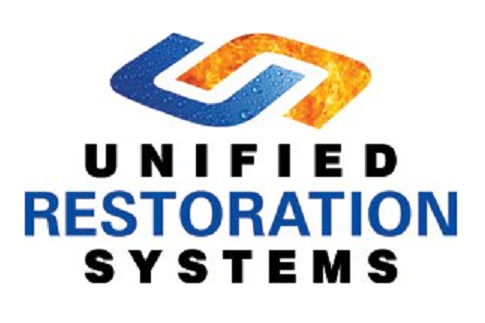Emergency Disaster First Responders: The Role of a Mitigation Technician
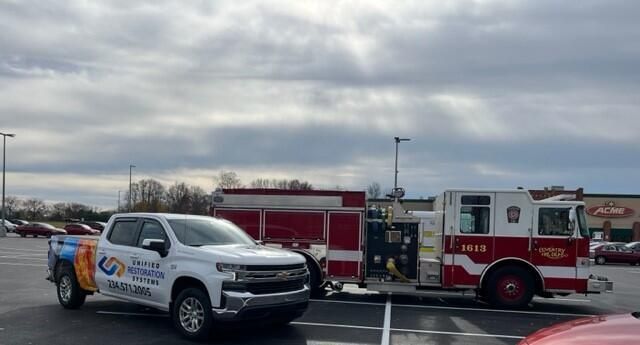
First to the Fight when Disaster Strikes
When a fire, flood, or storm damages your property, most people reach out and call in the experts. When a professional restoration company like Unified Restoration Systems arrives at your home or business, the first crew that springs into action consists mostly of Mitigation Technicians and a Mitigation Manager. According to Merriam-Webster, Mitigate means “To cause to become less harsh; to make less severe”, and this is exactly what the first team will accomplish with different equipment and tasks. The goal is to save as much of your property as possible and stop further damage before it becomes a problem.
The job summary of a Mitigation Technician is extensive. They're responsible for the Action when disaster first strikes. They will perform debris removal, cleaning, and demolition where required, while adhering to federal, local, and company policies regarding safety, and material handling. URS Mitigation Manager, Danielle, sums it up nicely: “Mitigation does everything needed to get the property dried, demo'd, and cleaned up”
The crew will gather small items together as they move through the property so that they can be photographed all at once, and then pulled away for individual documentation and photographs. If these items are too far destroyed to be saved, they will be added to the total losses of the property. Be sure to tell our estimators about any items of value, we will treat these as a top priority! If they can be restored, or we think there is a chance for restoration, we will send them to our Damage Mitigation Team – who are like real-life wizards with the magic they accomplish to preserve an item!
Once items are documented, the crew will separate property that is good, but needs to be stored (called a pack-out), from property that is damaged (which will go to our Damage Mitigation Team), and further into property that is a total loss, which is discarded after its accounted for and tallied.
Some sections of your property may need to be removed in order to save other, more expensive areas. For example, when a sprinkler system caused a 5-story flood at a local Akron apartment building, URS Mitigation Techs hauled in industrial drying equipment and dehumidifiers to place in hallways. They also removed much of the carpet, trim, and lower drywall to ensure that the inside of the walls could dry properly and were completely free of moisture.
In the case of water damage (which happens with fires, floods, and storms), drywall is relatively easy to hang and repair, plus its cheap, but the studs inside of the walls take much more time, cost, and effort to replace. This is why a mitigation tech might remove parts of your wall to ensure thorough drying inside. Mold forms in the presence of water, and waterlogged, moldy wooden studs will quickly become useless in supporting a structure. Mold also presents a real danger to the occupants inside, it must be stopped before it gains a foothold. In the case of metal studs, there is no mold, but water causes rust, which will eventually eat away and ruin a metal I-beam. There are also electrical wires to consider that must be completely dried before use.
Once this is completed, the home or office should be mostly empty. This allows us to move onto the restoration phase of the job, where new construction replaces everything structural that was damaged by the flood, fire, or storm. This will be much like the original construction of the building - the frame of the building, electric and plumbing are restored, and then the finishes are added after drywall is placed along the frame.
I asked our Mitigation Team which of their Jobs was the most difficult or most extensive job they have ever accomplished. Here is their answer:
"I would use winter storm Elliott of 2022 where our Akron team handled and mitigated over 50 homes and local businesses that suffered severe water damage losses, due to frozen pipes. Our dedicated team will assist with emergencies and put in the long days to reduce secondary damage to get you back in your home as quickly as we can!"
In the unfortunate event that your home or business is hit by a natural disaster, call Unified Restoration Systems for quick response, mitigation, and restoration
(234) 571-2005. When the worst has happened, let us restore your peace of mind and get you back to normal as quickly as possible!
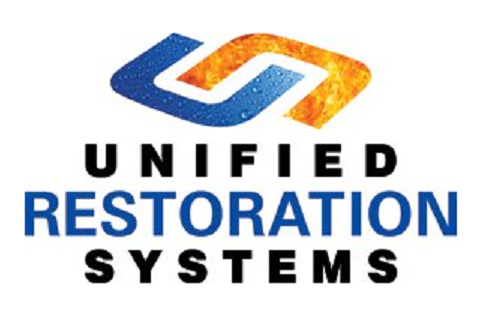
Call (234) 571-2005 for 24/7 Emergency Services
Fire, Flood, Storm, and Mold Restoration
Unified Restoration Systems, LLC | All Rights Reserved | (234) 571-2005 | 3113 Mogadore Rd, Akron, OH 44312
